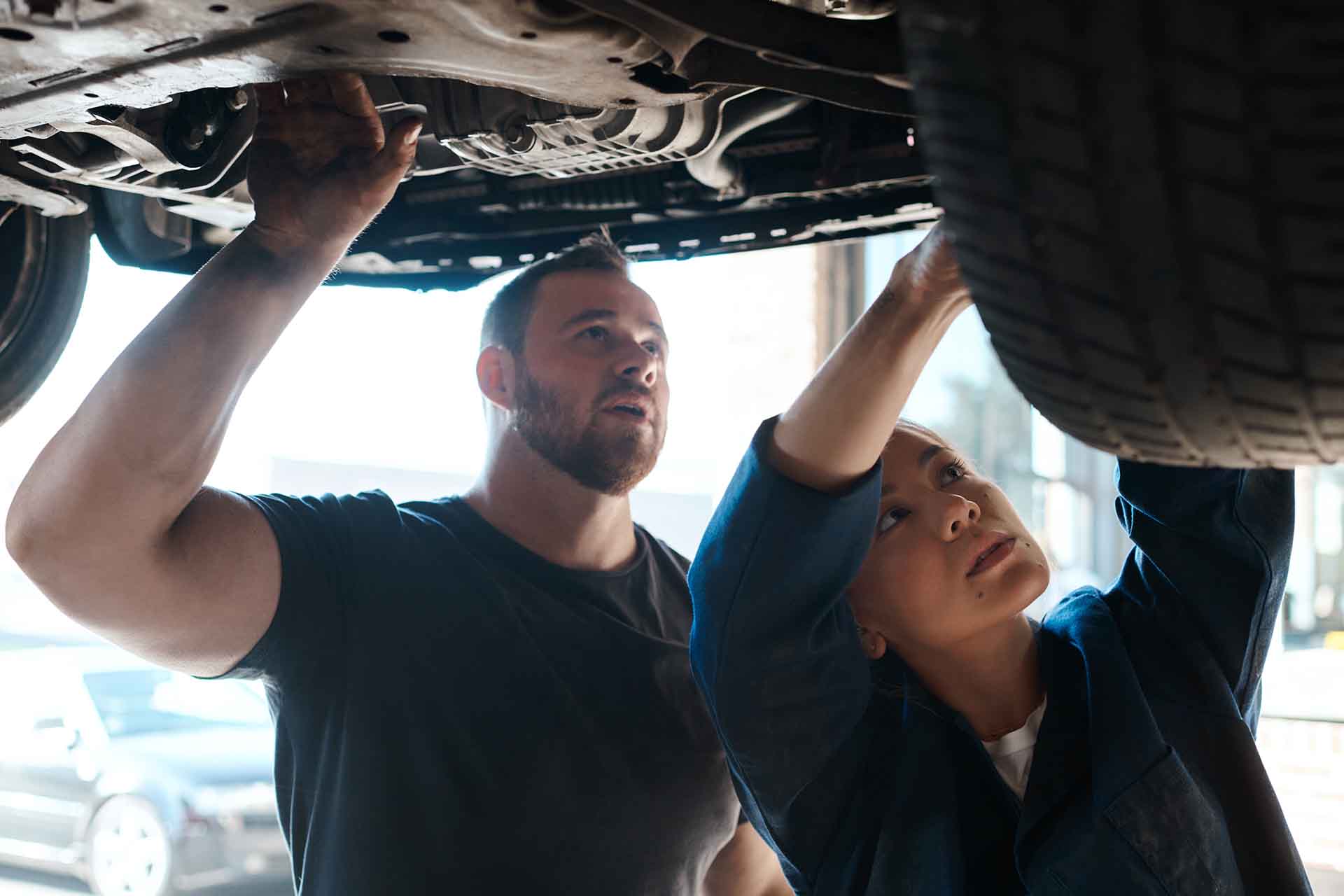
| Topic | Summary |
|---|---|
| Basic Maintenance | Regular checks on fluids, tires, and batteries. |
| Specialized Maintenance | Ensuring proper function of ramps, lifts, and hand controls. |
| Professional Servicing | Importance of using specialized technicians. |
| DIY Tips | Simple tasks you can perform at home. |
| Common Issues | Identifying and addressing frequent problems. |
| Warranty and Support | Utilizing warranties and professional support services. |
| Long-Term Care Tips | Strategies for maintaining your van in excellent condition over time. |
Basic Wheelchair Van Maintenance
Regular maintenance is crucial to keep your wheelchair-accessible van in top condition. Basic checks include monitoring fluid levels (oil, coolant, brake fluid), ensuring tire pressure is adequate, and checking the battery’s health. Routine maintenance can prevent minor issues from becoming major problems and ensure the van operates smoothly. For more details on the inventory and options available, check out our wheelchair van inventory.
Specialized Maintenance
Wheelchair vans have specialized equipment that requires additional attention. Regularly check the ramps and lifts to ensure they are functioning correctly. It’s also important to inspect hand controls and other adaptive devices to ensure they are working properly and safely. Lubricate moving parts and test the equipment frequently to avoid any unexpected failures. Learn more about our customization options.
Professional Mobility Vehicle Servicing
While basic maintenance can be done at home, professional servicing is essential for more complex tasks. Specialized technicians familiar with wheelchair-accessible vans can perform detailed inspections and repairs. They ensure that all modifications and conversions meet safety standards and are in optimal working condition. For nationwide service, visit our nationwide service page.
DIY Tips
Some maintenance tasks can be performed at home, such as:
- Cleaning: Regularly clean the van, including the ramp or lift, to prevent dirt buildup.
- Lubrication: Lubricate moving parts of the ramp and lift.
- Inspection: Regularly inspect tires for wear and tear and replace them as needed.
Common Issues
Common issues with wheelchair-accessible vans include malfunctioning lifts or ramps, battery problems, and wear on adaptive controls. Regularly checking these components can help identify problems early. Addressing these issues promptly ensures the van remains safe and reliable. For assistance, explore our 24/7 roadside assistance.
Warranty and Support
Most wheelchair vans come with warranties that cover major repairs and replacements. Utilize these warranties and professional support services to maintain your van. Additionally, many companies offer 24/7 roadside assistance and at-home service options, providing peace of mind and convenience. More information on warranties can be found on our warranty information page.
FAQ Section
How often should I service my van for optimal wheelchair van maintenance?
It’s recommended to have your van professionally serviced every 6 months to ensure all adaptive equipment is functioning correctly and to address any potential issues early. Refer to our wheelchair van FAQs for more detailed information.
What should I do if my van’s ramp or lift stops working?
First, check for any obstructions or debris that may be blocking the mechanism. If the problem persists, consult the van’s manual for troubleshooting tips or contact a professional technician for assistance.
Can I use any mechanic for servicing my wheelchair-accessible van?
While general maintenance can be performed by any mechanic, it’s best to use technicians specialized in wheelchair-accessible vans for complex repairs and servicing of adaptive equipment.
What are the signs that my van’s battery needs replacing?
Signs that your van’s battery may need replacing include slow engine crank, dim headlights, and electrical issues. If you notice any of these symptoms, have your battery tested and replaced if necessary.
Troubleshooting Common Issues
Ramp or Lift Malfunction
Problem: The ramp or lift doesn’t deploy properly.
Solution: Check for obstructions and ensure the vehicle is on a flat surface. Verify that the power switch is on and the battery is charged. If the problem persists, contact a professional technician.
Battery Problems
Problem: The van’s battery dies frequently.
Solution: Ensure all electrical devices are turned off when the van is not in use. Regularly check the battery’s charge and condition. If issues continue, consider replacing the battery or consulting a technician.
Hand Control Issues
Problem: Hand controls are stiff or unresponsive.
Solution: Regularly lubricate the hand controls and check for any wear or damage. Ensure all cables and connections are secure. If problems persist, seek professional servicing.
Electrical Problems
Problem: Electrical components like lights or indicators fail to work.
Solution: Check the fuses and replace any that are blown. Inspect wiring for any signs of damage or loose connections. If the issue is not resolved, professional diagnostics may be necessary.
Fluid Leaks
Problem: Unusual fluid spots under the van.
Solution: Identify the type of fluid (oil, coolant, brake fluid) and check the respective reservoirs. Address minor leaks by topping up fluids and monitor for further leakage. For significant leaks, consult a mechanic immediately.
Preventative Measures
To minimize the risk of issues with your wheelchair-accessible van, follow these preventative measures:
- Regular Inspections: Schedule bi-annual professional inspections.
- Routine Cleaning: Keep the van clean to prevent dirt and debris from affecting mechanical parts.
- Proper Storage: Store the van in a garage or covered area to protect it from the elements.
- Timely Repairs: Address any minor issues immediately to prevent them from escalating.
Long-Term Care Tips
Maintaining your wheelchair van in excellent condition over the long term involves a combination of regular upkeep and proactive care. Here are some essential long-term care tips:
- Follow Manufacturer Guidelines: Always adhere to the maintenance schedule and guidelines provided by the van manufacturer.
- Use Quality Parts: When replacements are necessary, use high-quality parts that are designed for your specific van model.
- Monitor Adaptive Equipment: Regularly test all adaptive equipment to ensure it remains in good working condition. This includes ramps, lifts, and hand controls.
- Stay Informed: Keep abreast of any recalls or updates from the manufacturer that might affect the safety or functionality of your van.
- Consult Professionals: Whenever in doubt, consult with professionals who specialize in wheelchair-accessible vans for any maintenance or repair work. For real experiences, see customer testimonials.

